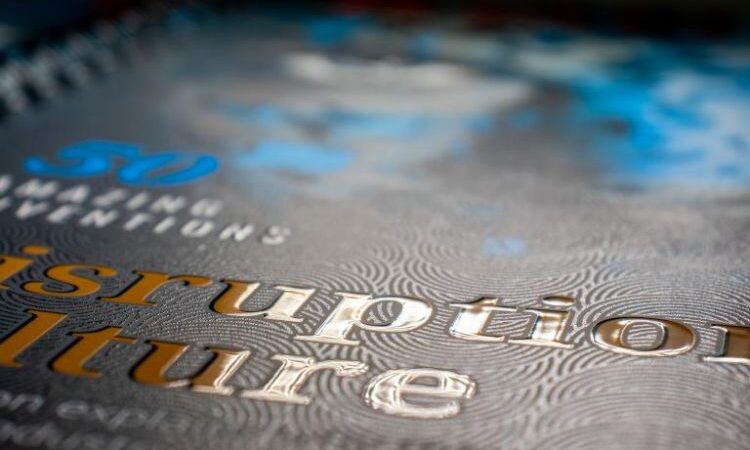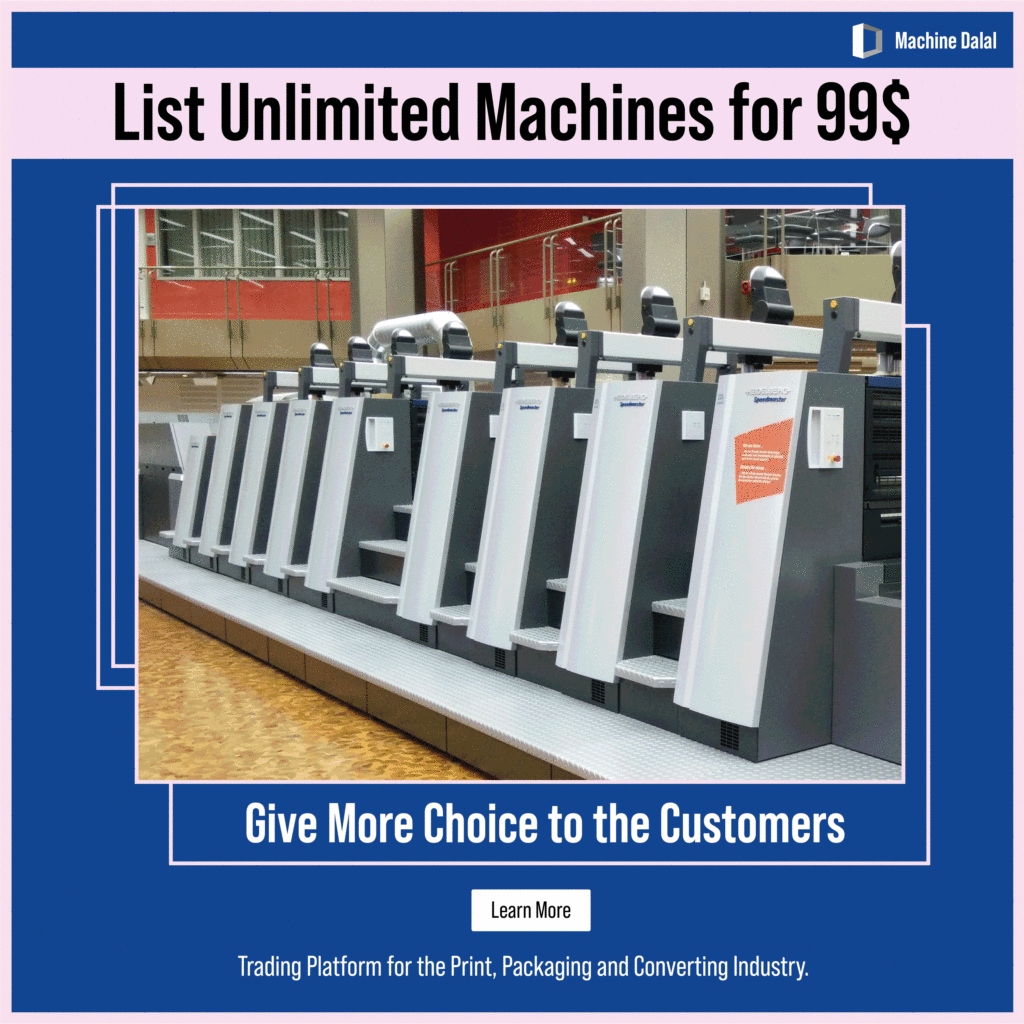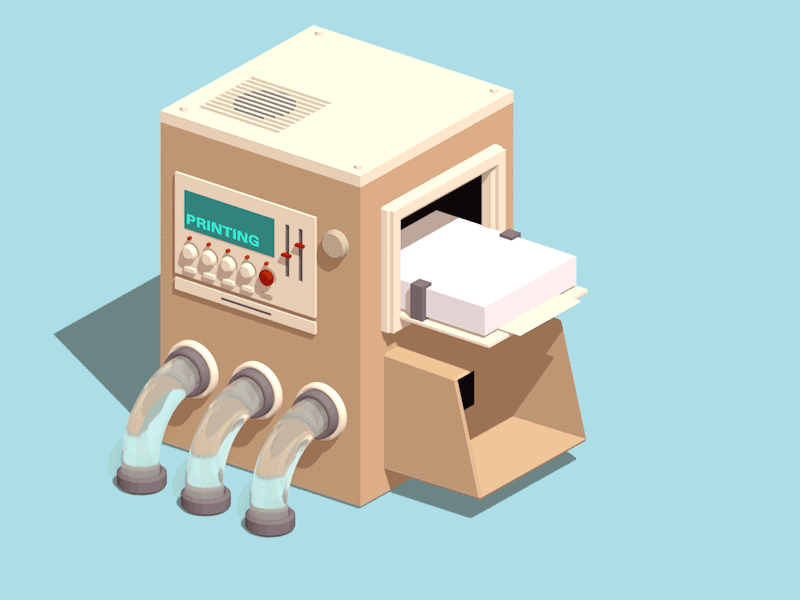When it comes to selling a product, it is hard to understate how crucial packaging is. With so many purchasing decisions being made and so much competition, packaging can be a significant contributing factor, and more brands are considering how essential good packaging is. When packaging, the smallest detail can impact the entire design, from the label to the lid. That’s why embellishments are a crucial element of packaging as they can provide both a functional and design element to a product’s packaging.
What is print embellishment
Print embellishments are decorative applications that are part of the print finishing process, performed after the actual printing is completed (in the post-press portion of the production process). In general, embellishments can include using multiple inks (from metallics to invisible formulations), specialty coatings, foils, embossing and debossing, and die cutting.

While packaging embellishments are used in multiple industries, they are quite popular in the premium brand space. These brands use packaging embellishments because of the premium experience these details create for their customers.
Why Embellishment matters
When it comes to printing, there’s so much more to consider than simply applying ink to a substrate. While the importance of quality print techniques are undeniable and ever-evolving, cutting-edge embellishments can truly take user experience to the next level.
Luxurious textures, finishes that catch the light, intricate cutouts, materials that invite a tactile experience, embossed and debossed features, glittering foil applications, and interactive elements are all valuable additions to packaging in a reality where unique and impeccable unboxing experiences are highly sought after. In particular, luxury products such as cosmetics and perfumes, clothing, jewelry, fine spirits, and foods are often distinguished by exquisitely designed and embellished packaging.
Enhanced packaging goes even further than serving as a strategy to increase engagement with — and a potential purchase of — a product.
As the popular saying goes, consumers purchase packaging, not products.
While not entirely accurate, the sentiment behind this marketing trope underscores the significance of stand-out packaging in the world of product and brand development. When packaging speaks to consumers, sales and brand loyalty increase.
Types of embellishment
As touched upon above, the term ‘embellishment’ covers a wide range of areas, and there are several different techniques that businesses can use to enhance their marketing strategy or product.
Foiling

3D foil embossing (transparent foil)
Foiling typically involves adding reflective and metallic highlights to a two-dimensional piece. It can be done using a variety of colours such as gold, silver, or metallic shades of green, red, or blue. This method of embellishment is typically found on things such as wine labels, or other premium products that aim to convey sophistication or glamour.
Die-Cutting
Die-cutting is the process wherein shapes are cut out of card, paper and other light materials. The more traditional methods of die-cutting use die plates that are pressed into the material to cut out the desired design. However, modern, digital die-cutting creates more precise shapes and patterns using a beam of laser. It eliminates the need for dies and plates, which helps lower costs and speeds up the overall process, maximising efficiency.
Embossing and Debossing

3D foil embossing (black foil) surrounded with fine line foiling
Embossing involves pressing a pattern or design onto a surface as opposed to cutting it out. This method of embellishment is usually done on business cards and invitations for an additional layer of intrigue, uniqueness, and dramatic effect.
Debossing, on the other hand, utilises the opposite technique of embossing, wherein a concave impression is made by depressing the design into the material.
Varnish
Varnishing not only adds protection to a product, but it also aids in drawing attention to a printed piece, giving it a professional, sleek appearance. You can utilise varnish on specific areas of a piece, such as your brand name, enhancing your logo and visually appeal to the customer.
Coating
Similar to varnish, coating is applied to protect printed pieces from smudges, scratches, and fingerprints, adding an extra layer of quality to your product. With coating, you can choose from gloss, satin, or matte finishes, which can be applied to selected page areas such as your company logo or key information. This process is called spot application.
Spot UV Coating

Spot UV coating, through machines such as the Duplo DuSense DDC-8000, adds dimension to images printed on a flat sheet. The textures and patterns produced by spot UV coating bring a page to life and allow the audience or consumer to actively engage with the printed piece and more likely to invest in your brand. Simply put, spot UV coating is a form of embellishment that makes print more profitable.
Metallic and Pearlescent Coating
Metallic and pearlescent coating produces a reflective, shimmering surface. This mode of embellishment is guaranteed to capture the attention of your target market.
Aqueous Coating
This form of embellishment is a water-based clear coat that creates an extra layer of protection to keep the ink and paper from staining, creasing, and tearing. Its texture is velvety and luxurious and adds an extra layer of sophistication to your product, reflecting the quality of your brand.
Advantages of Embellishments
Enhanced Visual Appeal
Label embellishments add depth, texture, and visual interest to your packaging, making it more eye-catching and memorable for consumers. Whether it’s through foil stamping, embossing, or specialty finishes, embellishments help your products stand out in a crowded marketplace.
Brand Differentiation
In a sea of similar products, unique embellishments set brands apart and create a distinct identity that resonates with consumers. By investing in custom embellishments that reflect a brand’s personality and values, they can differentiate themselves from competitors and leave a lasting impression on shoppers.
Perceived Value
Embellished labels convey a sense of premium quality and craftsmanship, leading consumers to perceive products as more valuable and desirable. This perceived value can justify premium pricing and increase the likelihood of purchase, driving revenue and profitability for a brand.
Storytelling Opportunities
Embellishments provide a creative canvas for storytelling, allowing brands to communicate their brand’s story, heritage, and values in a visually compelling way. Whether it’s through intricate designs, tactile elements, or metallic accents, embellishments help bring their brand narrative to life and forge emotional connections with consumers.
Packaging design plays a key role in brand positioning, brand awareness and product visibility at the point of sale. These aspects are also becoming increasingly important for products of everyday use. Embellishment plays a crucial role in this. Different techniques are available to realize premium designs. In line with our digitized world and the rise of technologies like augmented reality and app-access, brands can now take something like packaging that’s very static and make it agile and interactive through clever use of embellishment technology.
We at Machine Dalal have a wide selection of print, packaging and converting machines listed with us. Industry sellers from all over the world list their print equipment with us to reach interested buyers who regularly visit our platform to find equipment that matches their needs.
Contact us to know more or simply download our app onto your Android or iOS smartphone.




